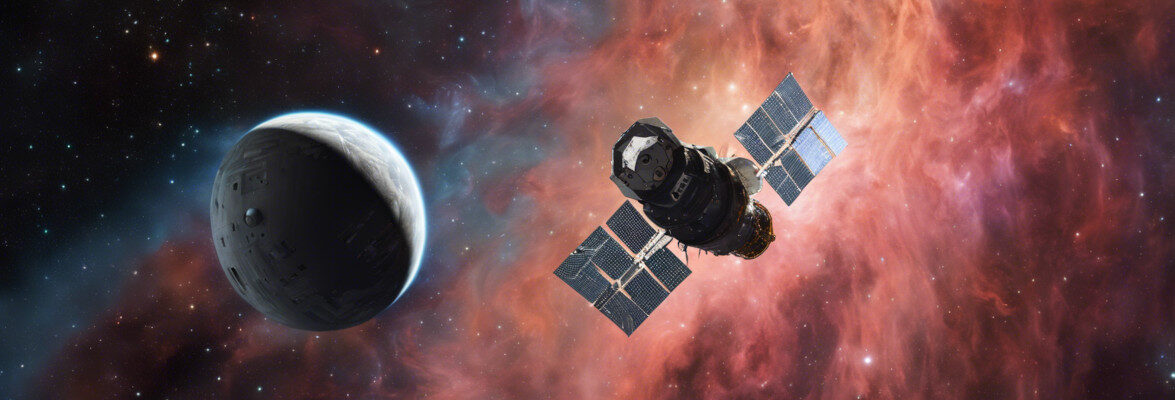
A possible secondary atmosphere for the exoplanet 55 Cancri e
An article published in the journal “Nature” reports the results of a study of the exoplanet 55 Cancri e, formally called Janssen, which confirms the presence of an atmosphere that is considered secondary, which means that it derives from emissions coming from the planet itself. A team of researchers led by NASA’s Jet Propulsion Laboratory (JPL) used observations conducted with the James Webb Space Telescope to detect traces of an atmosphere that may be rich in carbon monoxide or carbon dioxide.





